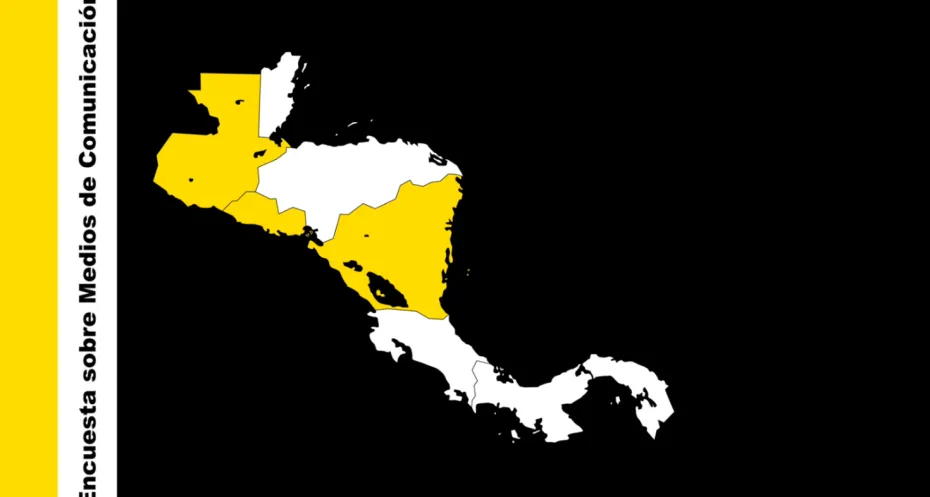Increasing Media Viability through research in Latin-America

As part of the VIMES (Viable Independent Media in Empowered Societies) project, research into media markets and audience behaviour was carried out in Nicaragua, El Salvador and Guatemala. The studies show useful insights into how the different populations perceive and consume media. Valuable information that can help to increase viability of independent media.
As we have shown in recent stories, journalists in several Latin-American countries deal with an unprecedented attack on press freedom. Besides this, and also because of this, several media outlets struggle to remain financially sustainable. Something that is further intensified by the Covid-19 pandemic.
Manon Muti, programme coordinator of Latin-America: “The aim of the studies was to get more insight in the current context of freedom of expression and press in the region, and to analyse audience behaviour and the way they consume (independent) media. This helps to improve the viability of independent media in the region.”
Three countries in the region were researched: Nicaragua, Guatemala, and El Salvador. The reports explain the social and political context of each country, and provide an analysis of the media market and audiences. At the end of every report there are valuable recommendations for independent media in specific countries.
News consumption
It is interesting that the research showed that, despite everything, many of the journalists found ways to continue working with high quality, even if it is from exile. In Nicaragua at least 27 new communication platforms were formed from 2018 to the end of 2020; many of them digital and operated by young journalists.
In all three countries, the information people consume the most is national news, with a focus on politics. In El Salvador’s case, the results also point to a growing need for information on more diverse topics, such as culture, the environment, international news and −in a pandemic context−, on science and health. Content with a gender or positive approach (such as success stories) is also attractive. In both Nicaragua and Guatemala over 80 percent of the people stated that they read the news at least once a day, and 65 percent even several times a day.
Trustworthiness
The newspapers that are read the most are also the ones people consider most reliable. In Nicaragua these are the digital version of our partner Confidencial, and La Prensa (both 57 percent), and in El Salvador it is also a partner, El Faro, that is considered the most reliable, and the one that is the most independent from political or economic powers.
In Nicaragua the official media are among those that the fewest people consider reliable, which is an important piece of information considering the current political situation in the country. Also in Guatemala there is a lot of mistrust regarding press freedom and pluralism, with average scores of 5.0 and 4.8 on a scale of 10, and in El Salvador the people consulted clearly disapprove of the state of press freedom in El Salvador, and only slightly approve of the plurality of the media in the country.
Motivation for supporting media
A quarter of the population surveyed in Nicaragua mentioned giving some type of financial support to the media they consume. The majority (58 percent) are annual subscriptions, followed by donations and membership (19 and 14 percent). In El Salvador, El Faro is also the most mentioned when asked which media outlet people support financially.
In all studies the results showed that the main motivations for supporting a media outlet are the desire to support quality independent journalism, freedom of the press or expression, access to information, and that people consider the outlet to have an editorial line committed to impartiality, truthfulness, and reliability.
Out of all studies, in general we can conclude that we are dealing with a critical audience that is looking for journalistic quality and is even willing to pay for it, if the economic conditions of its environment allow it. But it is also an audience accustomed to the speed of social networks and the cell phone, an audience that demands new formats to digest information in a faster and more entertaining way, and wishes for more diverse and positive content, without sacrificing accuracy and impartiality.
Read the full studies in different languages through the link below:
Audience and media market research studies
The researches were done in the framework of the VIMES (Viable Independent Media in Empowered Societies) project, which takes place in Eastern Europe and Central America, Read more here. Visit the website of the collaborating media here.

